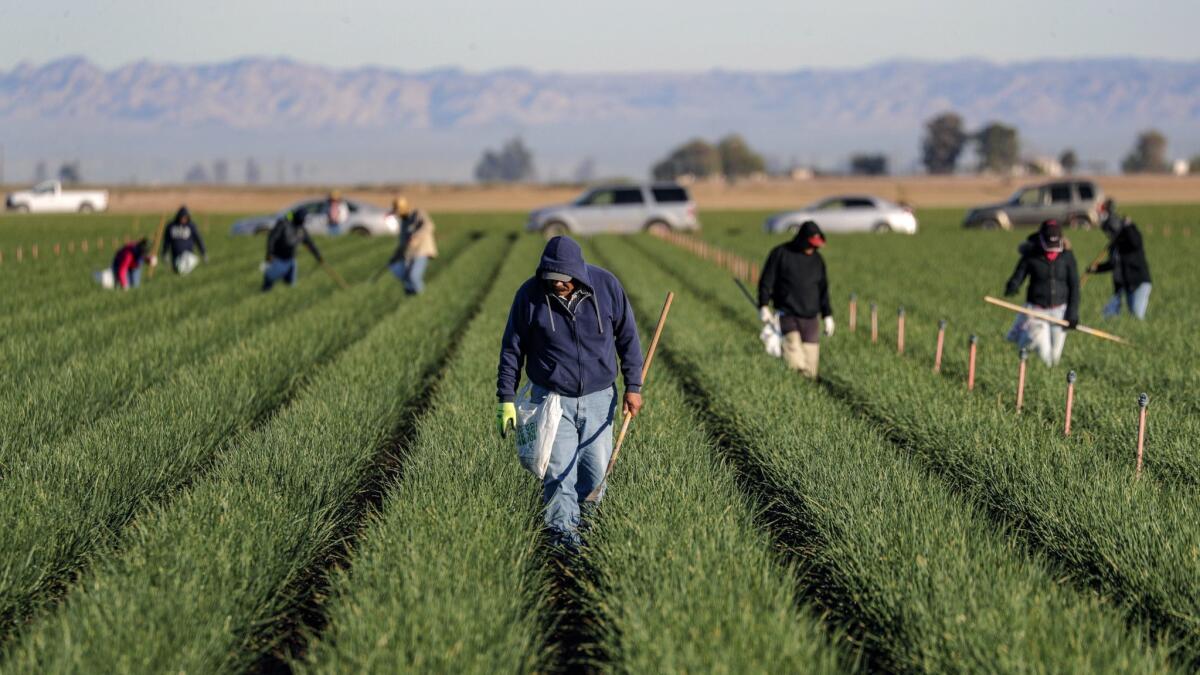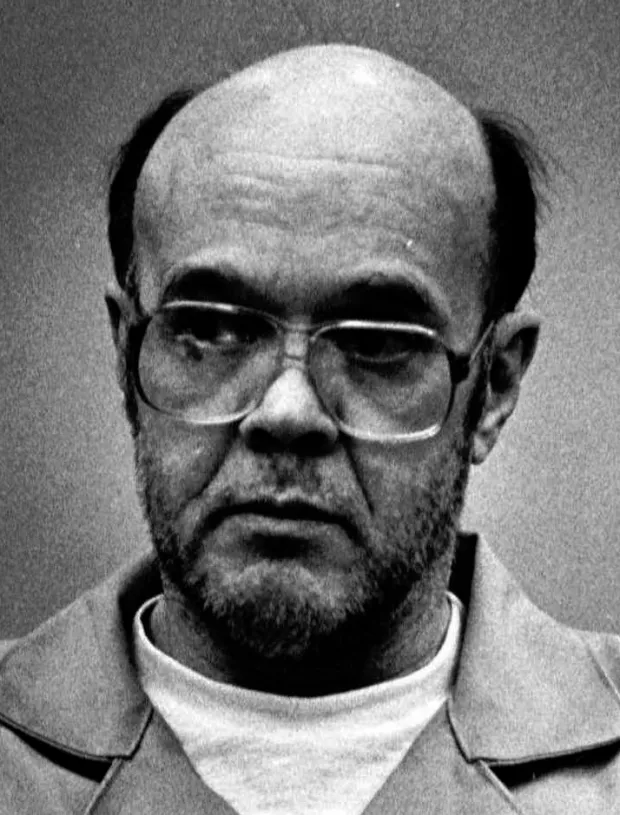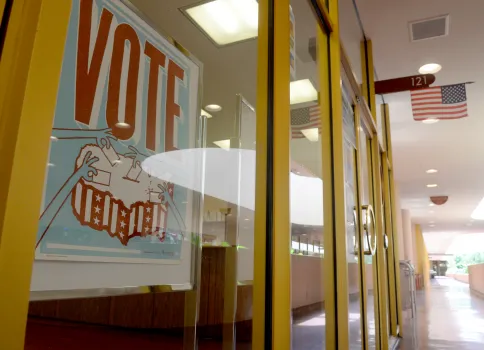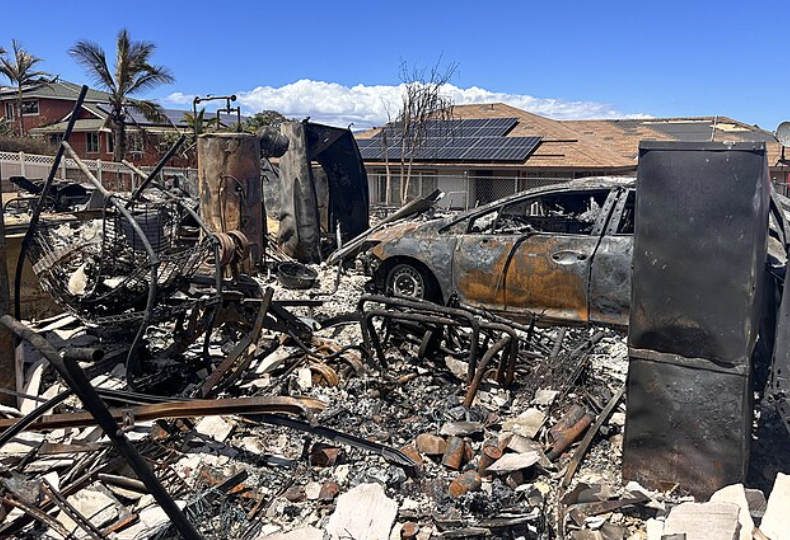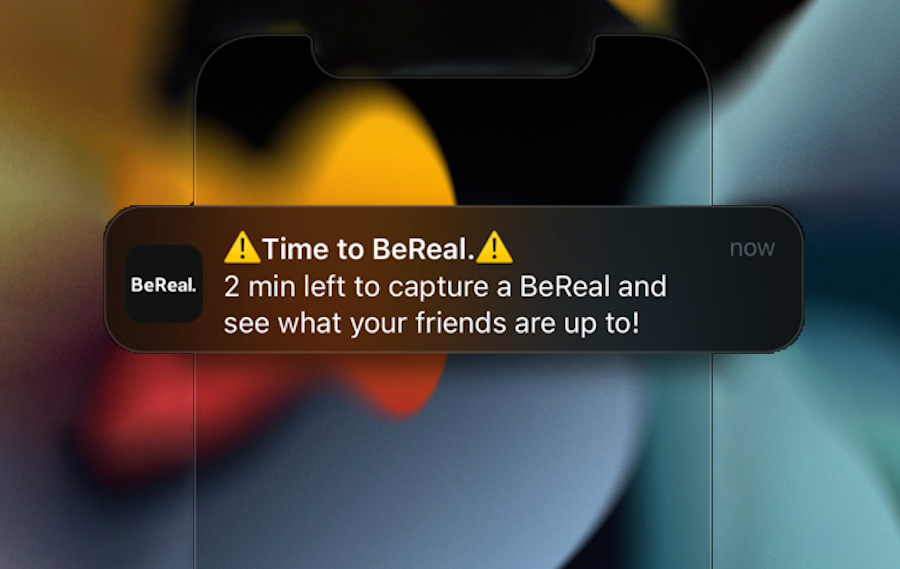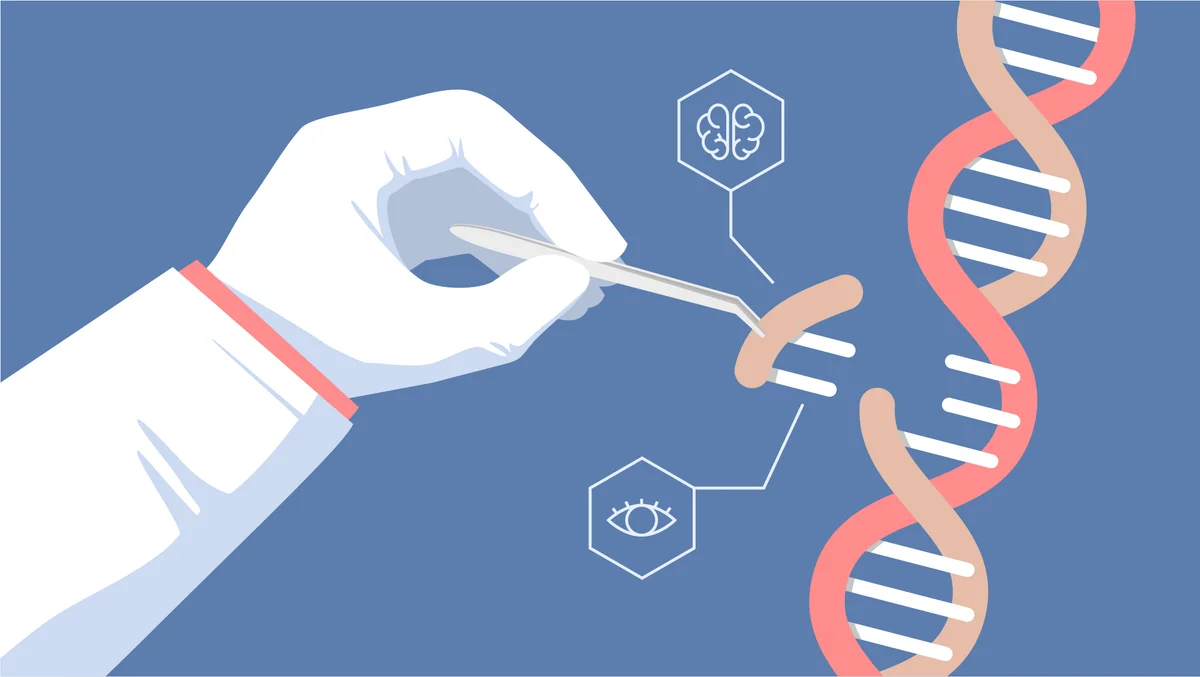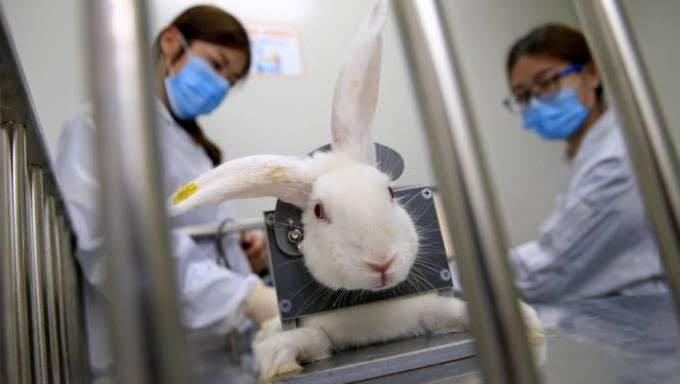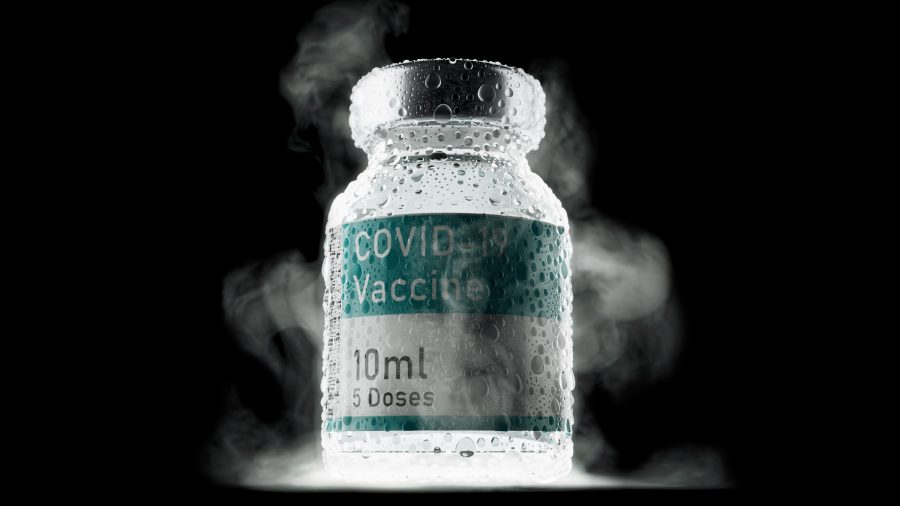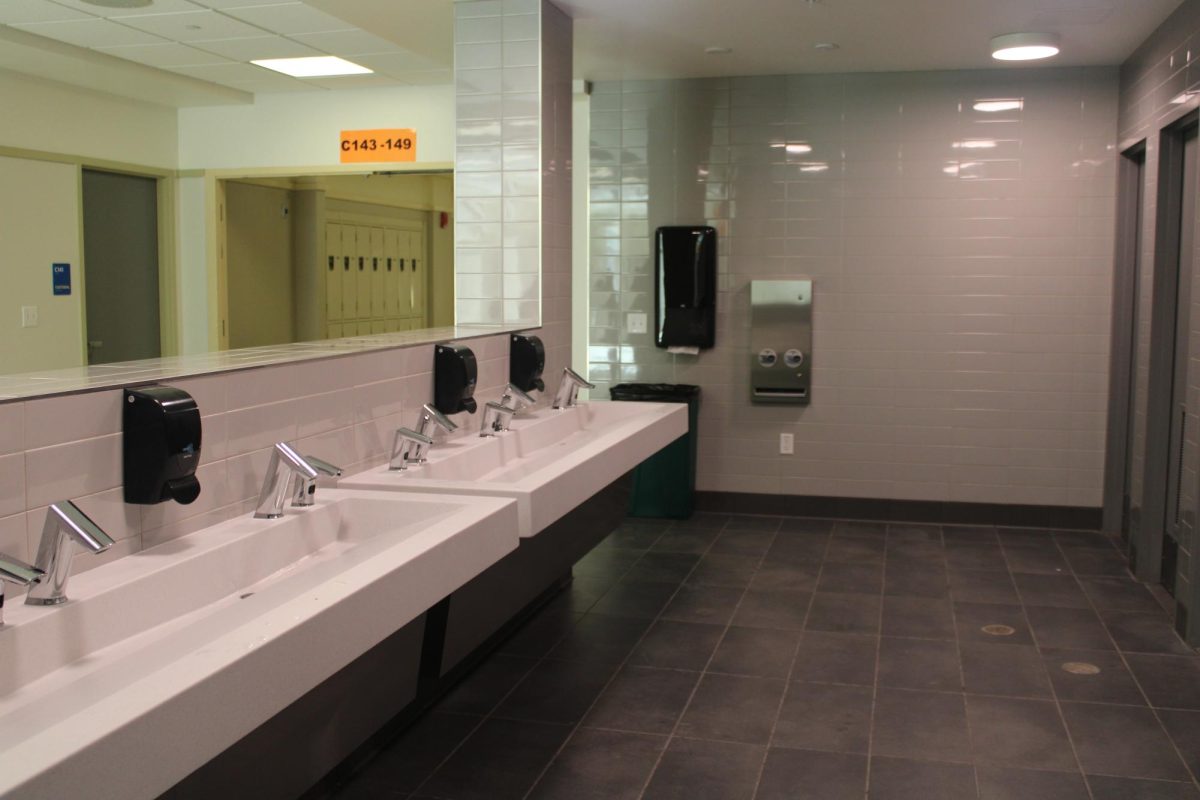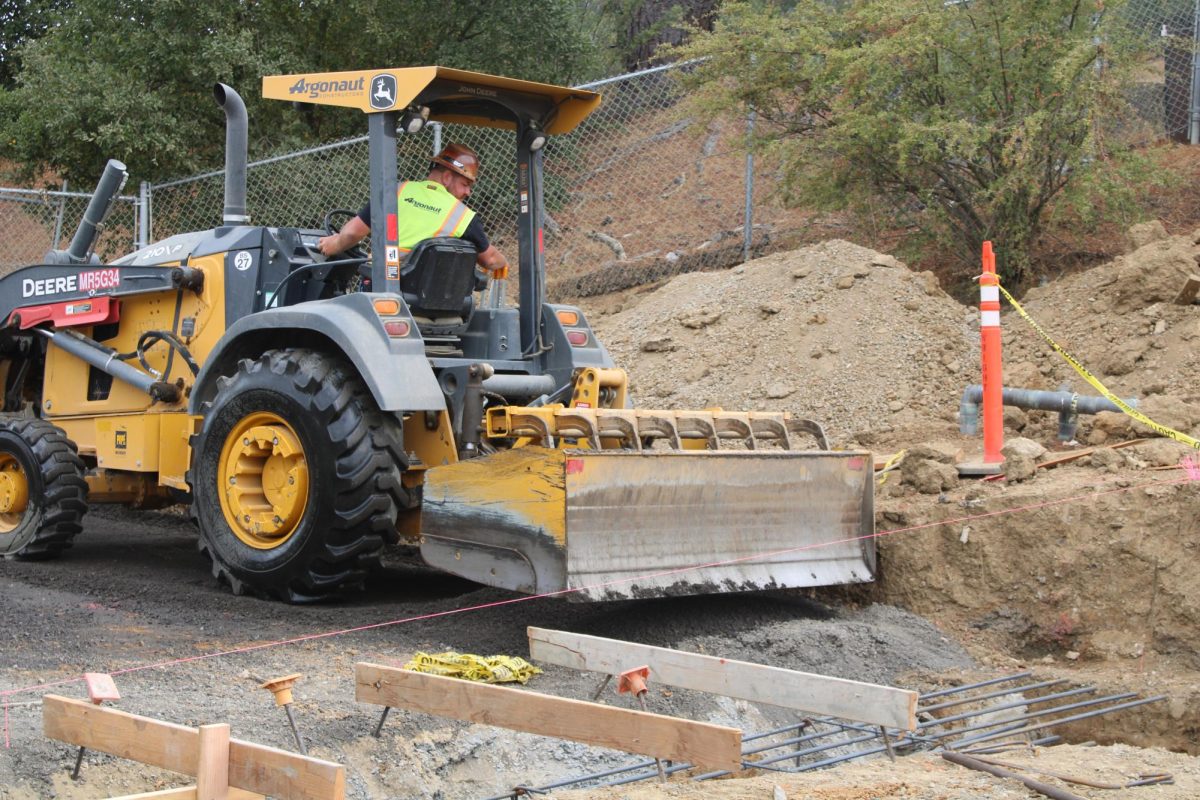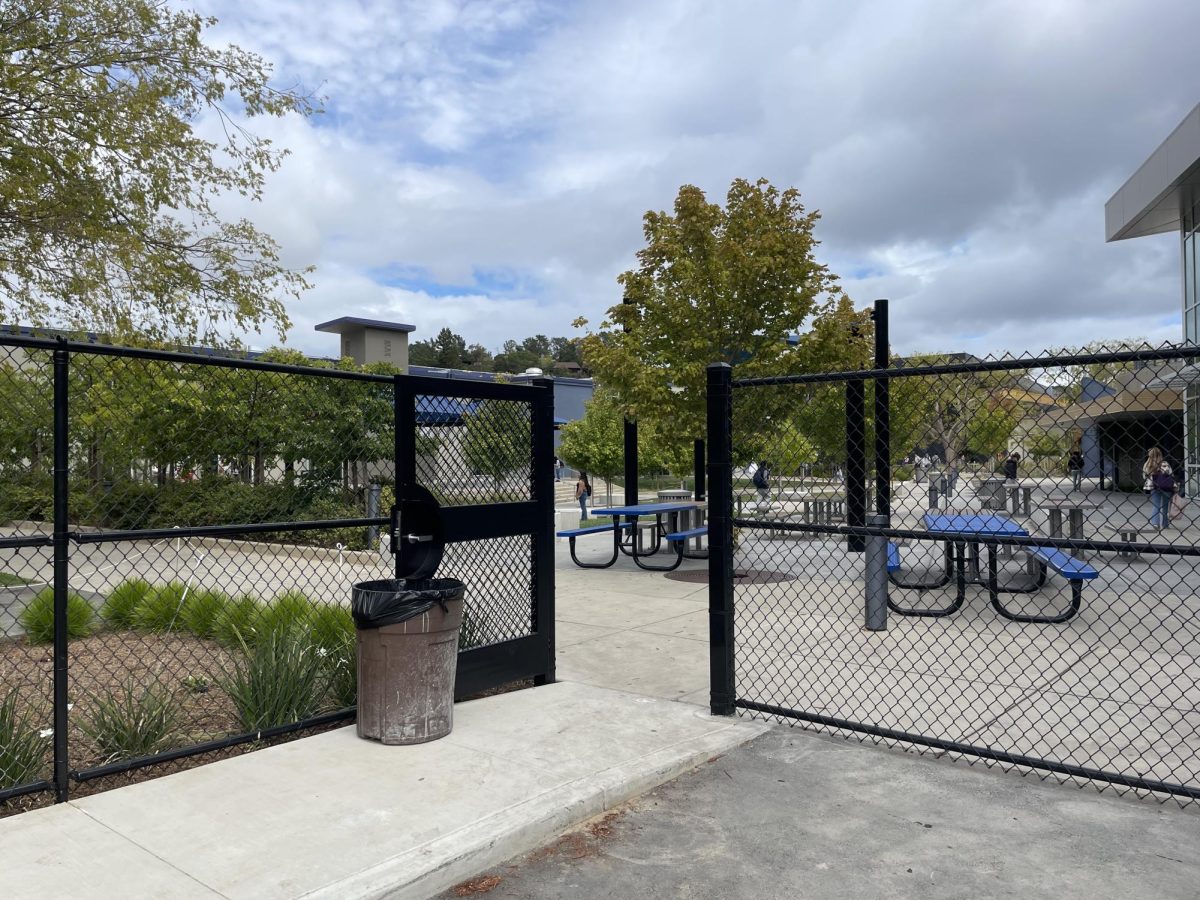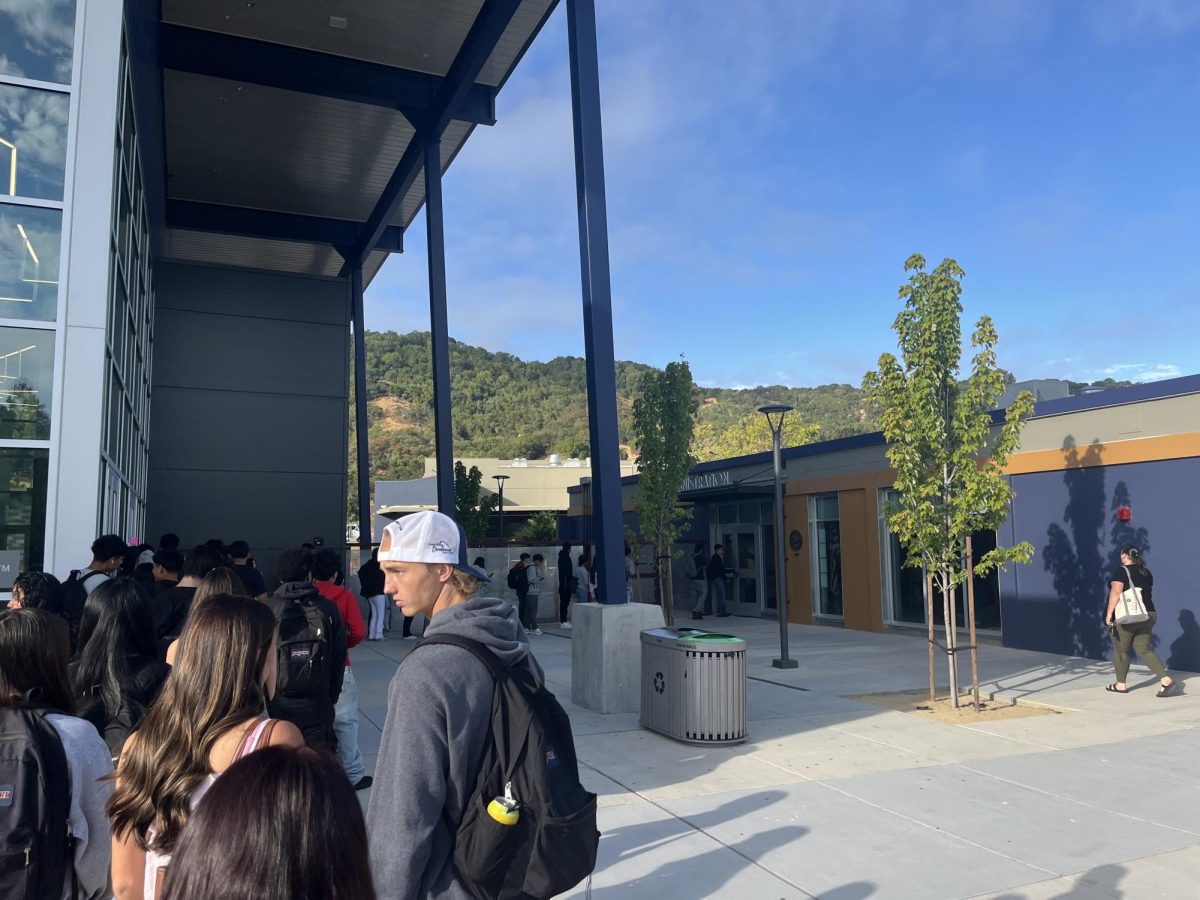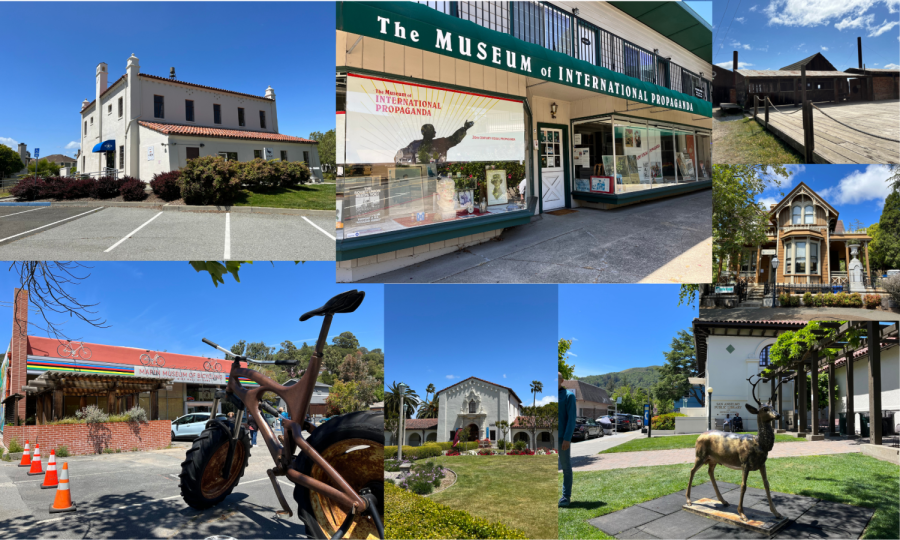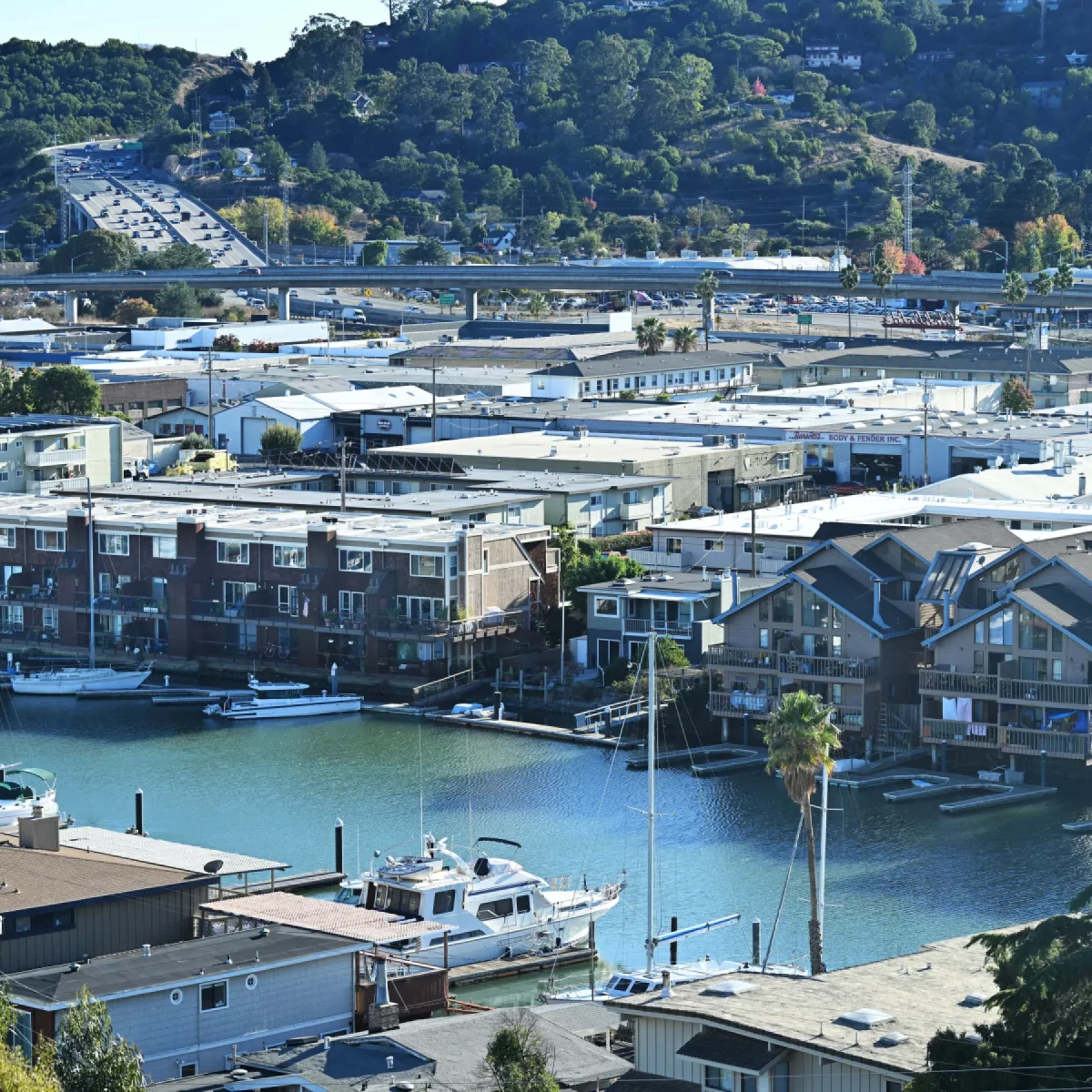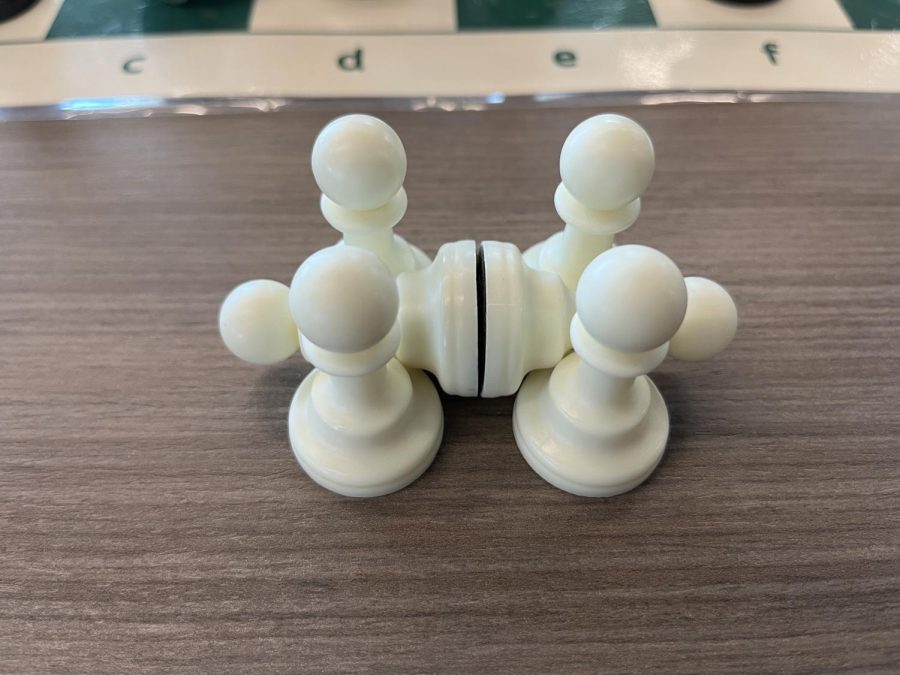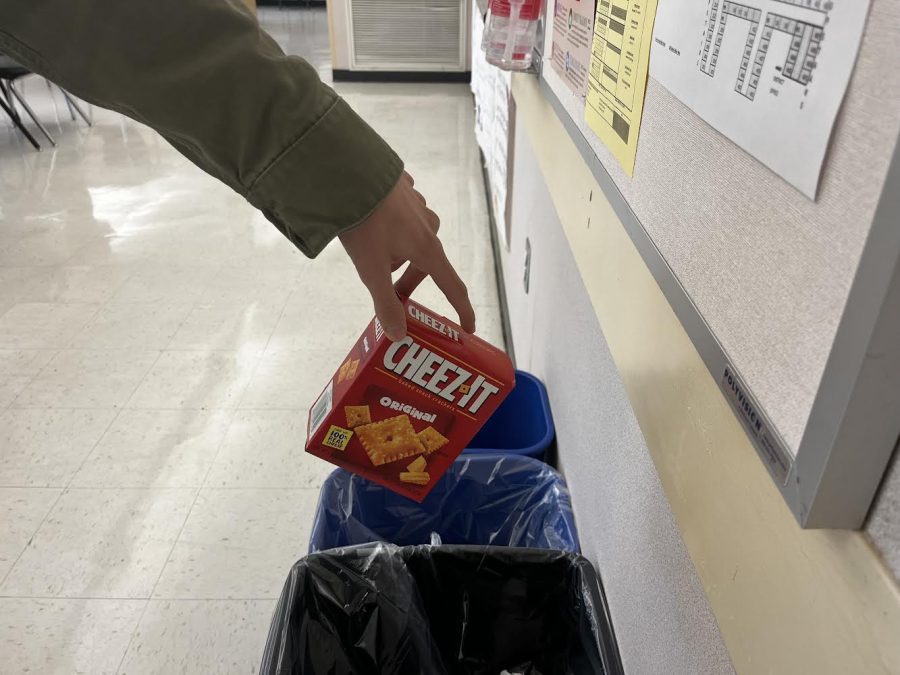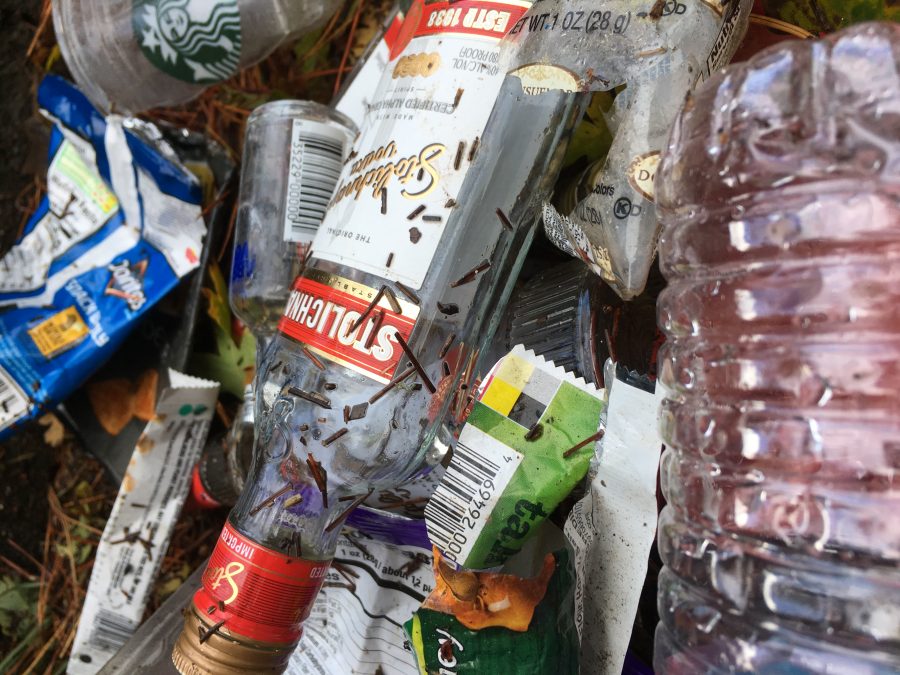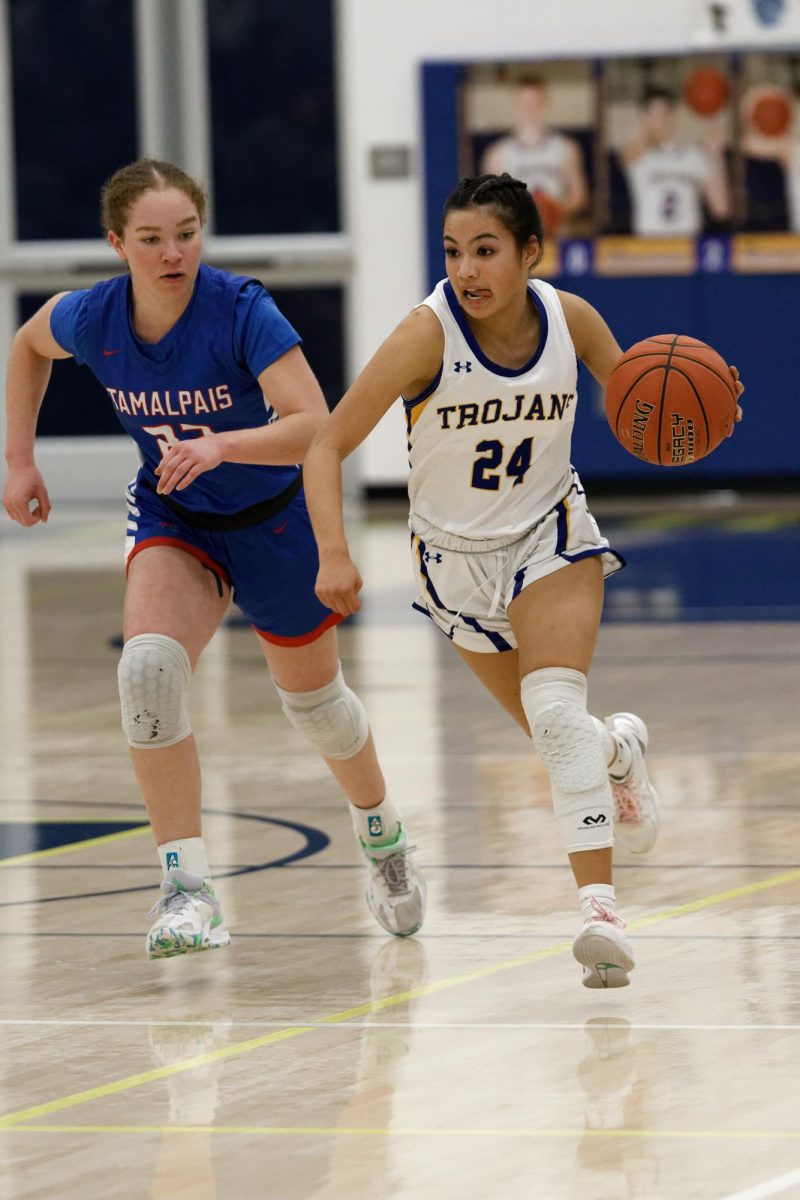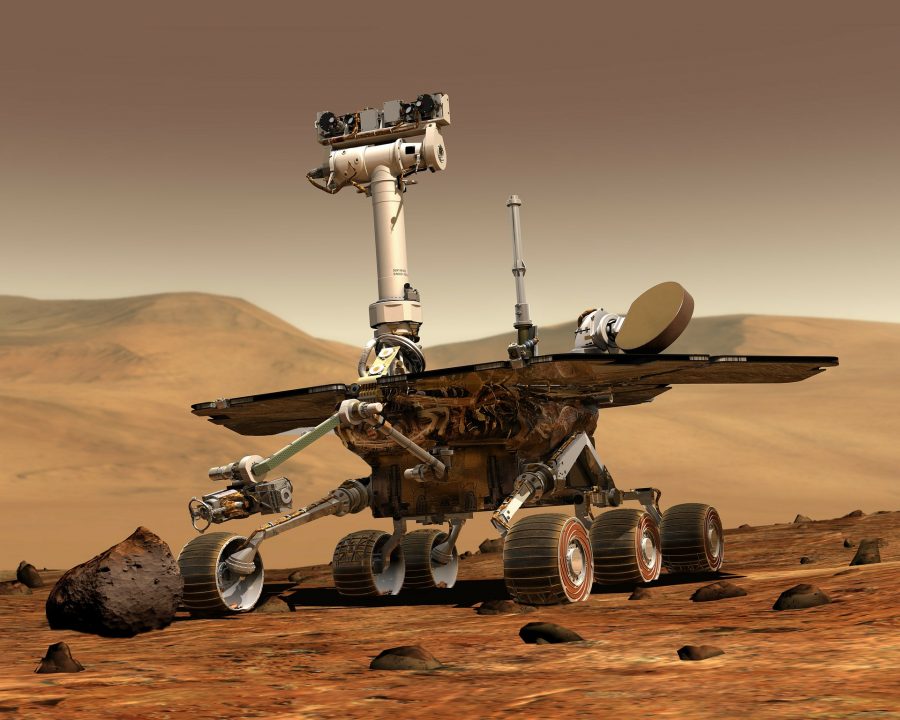Possible Life?
March 26, 2021
Perserverance’s landing on Mars on February 18 was a spectacle for people around the world as millions of people tuned in to witness yet another rover safely arriving and set to carry out tasks. Technological advances and the brilliant work of scientists at NASA allowed for this momentous event to occur. It unlocks so many pathways for the future of space exploration.
Perseverance was launched from Cape Canaveral, Florida on Jul. 30. Behind the scenes, much planning and intensive work was put in to make this mission as successful as possible. Mark Rober, a distinguished Youtuber and innovator who is known for his exciting science experiments and mind blowing projects, recently published a video outlining the extensive research and experiments that took place leading up to launch day. In the video, Rober met up with his former boss and coworkers at the NASA Jet Propulsion Laboratory in Southern California. There, they explained the different components of the machine, like the jetpack used to assist Perseverance’s descent onto the surface of Mars. Perseverance was never a sure thing, even with all of the brilliant minds at NASA meticulously planning the endeavor.
On February 18th, NASA’s hard work paid off. Landing is often referred to as the toughest challenge of a space flight; a spacecraft travelling at 12500 mph coming to a complete landing on Mars’ surface is no easy feat. Entry, Descent, and Landing comprises many steps that help to ensure that the rover would safely touch down on Mars as shown on NASA’s interactive website. Ten minutes before its entry into Mars’ atmosphere, the spacecraft would shed its cruise stage (the set up of the spacecraft for travel between Earth and Mars), which carried equipment that helped aid the spacecraft in navigating space en route to Mars. As the spacecraft entered the atmosphere, the heat shield could reach temperatures upwards of 2370 degrees Fahrenheit, while the rover, still in its aeroshell, was stored at room temperature. The heat shield slows the spacecraft to just under 1000 mph, at which point the supersonic parachute is deployed to help slow down the vessel before its landing. Twenty seconds after this happens, the heat shield is programmed to drop off and the rover is officially exposed to the elements on Mars. The parachute can only slow the spacecraft to about 200 mph, so to ensure the safest possible landing, the rover must cut the parachute and activate special rockets, almost like a jetpack, to land and after performing one last complex maneuver, it begins its journey on the red planet.
NASA chose the Jezero Crater for Perseverance to land in because scientists believed that the area was once flooded with water and might have contained microbial life. Using Perseverance, scientists will try to seek out signs of past life and collect samples of rocks and soil that might contain evidence. In an article from Time Magazine, it was stated that “An infinite number of things could have gone wrong”. According to the NASA livestream on YouTube, the landing garnered over 21 million views, and most of those viewers must have felt the same feeling of excitement that AP Environmental Science teacher Ms. Frack and her family felt as they watched. Ms. Frack mentions, “NASA has spun-off over 2,000 inventions for computer technology, agriculture, medicine, public safety, transportation, recreation, and industry. Things like memory foam, artificial limbs, cochlear implants, invisible braces, water purification…” Exploring space for the sake of discovery and entertainment aren’t the only things that we gain from this. Things that were initially invented for space explorations could be useful for our everyday lives. All of these inventions can also benefit our society’s economy. Things like heart monitors and digital x-rays were all initially invented for space exploration but are now also being used in hospitals.
Perseverance is an exciting milestone for NASA and the world as we progress further towards efficient space exploration. Perseverance joins its other operational rover partner Curiosity as well as the InSight Lander in gathering crucial information and data that can be sent back to earth for physical studying. Besides the excitement over this massive accomplishment, Ms. Frack is not sure whether we could see humans on Mars in our lifetime, but she strongly urges that while we can, we should take better care of our own planet. Nevertheless, Ms. Frack, along with millions of people around the globe are ecstatic about another success and are beyond thrilled to see what Perseverance could accomplish soon.


